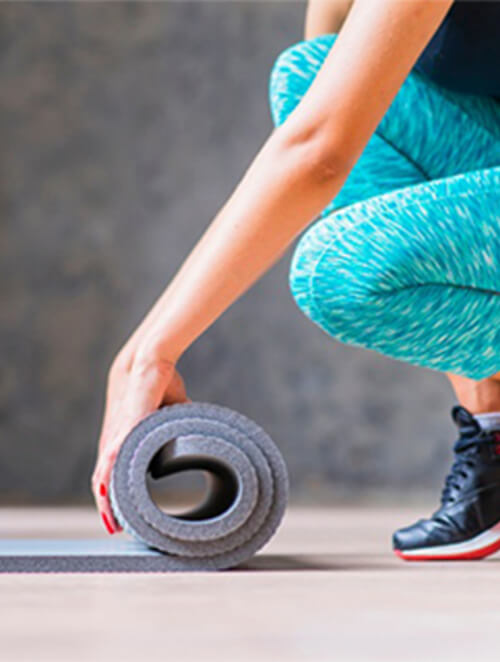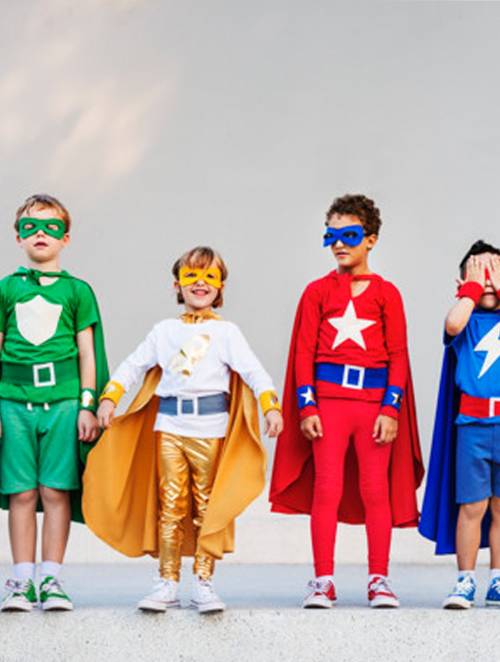Toilet Training: When kids are ready and some handy tips to make the easy
 16689
16689

super easy
Newborns and nappies share a special bonding. However, getting used to the nappies is what no one commends. Being toilet trained develops your child’s independence and increases their confidence. The only things required to succeed in this crucial step are timing and tons of patience. Toilet training helps your child recognize their body signals for urinating and having a bowel movement. However., a lot of parents often face the hurdle of when to start their child’s toilet training as it’ll take a decent amount of time for them to get used to it.
When are kids ready to toilet train?
According to child experts, every child shows signs of readiness for toilet training at different ages. The reason being, the capacity to handle bowel and bladder muscles comes with the pertinent development of your kid. Hence, any attempt to toilet train before your kid is prepared might turn up into a battle for both of you. Either way, if still, you feel it’s getting late, you can analyze if your child is able to: ● Follow your instructions and understand the term potty, ● Convey the urgency to pee or poop at the time he/she feels so, ● Stay dry for at least 2 hours, ● Get to the toilet and get off the potty without anyone’s help, ● Get off the nappies, training pants, or underpants by own, and ● are interested in wearing the underpants.
Getting started with toilet training
It is best to start toilet training for child when you do not have any big changes coming up in your family life. Changes might include going on holiday, relatives or friends visiting, starting daycare or preschool, having a new baby, moving to a new house, renovation or painting the house, or if the child is sick. Do try to stay home in the first couple of days when you start. Nevertheless, a long weekend will be a good option.
Things you did not know about starting babies on solids:
You can skip the cereal and start your baby with real foods. In other words, go straight for the good stuff: bright, fresh fruits and veggies are the best firsts for a baby. You get to shape your baby’s tastes. With early infant feeding, one can shape a child’s flavor preferences toward appreciating real, whole foods and flavors. The more foods you introduce to babies, the more comfortable they are with a variety of textures and flavors later on during their toddler years. Babies can and should play with their food; this prevents picky eating at a later stage. Playing with food is brain-building. Babies’ brains learn and grow through sensory experimentation. Babies can self-feed much earlier than we think. Most babies can spoon-feed themselves by six to seven months of age. Babies love dipping food. Dips provide a way for them to stay focused and engaged in their meal while developing motor skills simultaneously. Babies can eat anything but honey. Honey can contain botulism spores, which release a toxin that can poison infants.
Tips to help your child ace toilet training
● Adding toileting to your child’s daily routine is the best bet. For this, get your child used to the toilet in the morning, and before or after snacks and/or meals. ● Let your child visit the toilet in situations like them twirling, squatting, passing wind, getting calm, or moving off from you. ● It’s considered good when they head to the toilet after their activities. For example, after playing for 2 hours or just before having lunch/snacks/dinner.
Tools for toilet training
A potty or toilet Child experts put their bet on the potty and toilet out of all. However, it’s totally a matter of your champ’s comfort which equipment he feels getting on with. Being portable, a potty is easy to move around and appears less frightening than the toilet as it’s where everybody else does pee and poop and, thus, is bulky. If you decide to go with the toilet, your child will require: ● A small seat that sets firmly on the toilet seat. As such seats are quite handy, they’re luggage friendly too. ● A step or a footstool to reach the toilet and rest their feet while relaxing. To utilize this time, you can persuade them to sing or read a book.
Training pants and pull-ups
Without nappy, it’s ideal to have some training pants and/or pull-ups handy as the need to pee or poop can arise anytime. So, to know which is suitable for your child, read below. ● Although training pants are less absorbent than nappies, they are capable enough to hold in accidental poop. ● Pull-ups are considered useful in getting your child to wear underwear. They are easy to carry around and more absorbent than training pants. Underpants You could color coordinate the underpants to their dresses, buy ones with their favorite characters, or let them choose what they like—something to create an active interest in them.
How long will the process of toilet training last?
No kid can ace the art of toilet training overnight. Usually, it takes somewhere between 3 to 6 months. However, it can set aside pretty much earlier for certain youngsters, depending upon their pace of grabbing the instructions. On the off chance that you start too early (not suggested though), brace yourself to spend a longer time.
Tips for toilet training
Below are some tips that will come in handy in your child’s toilet training. ● Use proper words to denote the act of using the toilet in your spoken language. ● Encourage the child to inform you of the diaper getting wet or soiled. ● Ask the child if they have pooped when they show signs so that they learn to recognize the urge to pee or poop. ● Get a potty chair so that the child is familiar with the seat. ● Dedicate specific time for potty-training. ● Establish a routine. Create specific “toilet times”. ● Don’t force the child to sit on the toilet against their will. ● Teach by example. Demonstrate how you or a sibling uses the toilet. ● Make use of the body’s natural tendency to have a bowel movement first thing in the morning. ● Instruct your child to try and use the potty if you see them crossing their legs, grunting, or squatting. ● Flush down the poop from the child’s diaper into the toilet and explain to them that poop goes in there. ● Steer clear of clothes that can be hard for the kid to take off so that they can undress themselves. ● Offer praise for all attempts to use the toilet, even if nothing happens.
Final words
Keep in mind that accidents are bound to happen, and punishment has no role in the process. Children will learn to use the toilet at their own pace but will eventually get there. Fretting over it would only create negative vibes and impact the child.
Follow us-
Instagram/ Facebook/ Youtube/ Pinterest





Leave a Reply